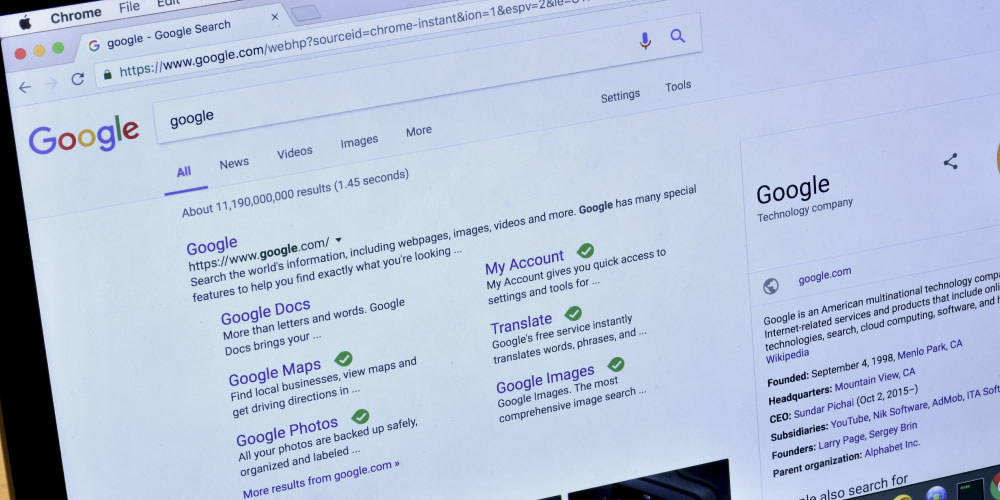THE QUALITY SCORE
After your ads are shown, Google will give them a quality score based on three things: the quality of the landing page, the relevance of the ad, and the expected click-through rate.
This score, between 0 and 10, has an influence on the number of impressions. Indeed, Google will favor ads with a better CTR, a parameter conditioning the position of your ad in the results. For equivalent bids, ads rated 10/10 will be better placed than ads rated 6/10. It is therefore important to work on the three elements taken into account in the quality score: the text of the ad, the usability of the landing page, and the expected click-through rate.
THE AVERAGE POSITION
The average position indicates where your ad is typically located. You can get the first, second, third position etc. On average, you can be in position 2.2 for example.
Most business leaders will want to be number one. Of course, this is possible by increasing the max CPC above that of the competition. By improving the quality score, it is also possible to gain higher positions.
Even if it has a cost, the first place is more expensive than the second or the third, it still brings in more clicks and allows them to have a better CTR. It’s up to you to choose your strategy!
AVERAGE CPC (COST PER AVERAGE CLICK)
This indicator is conditioned by the max CPC you indicated and tells you what price you paid on average for your clicks. It allows you to have a very precise follow-up on your Adwords expenses with all the details of your analysis at the level of the campaign, the ad group, the ads, but also at the level of the keywords.
Unavoidable settings in your decision to keep the keywords that aren’t cheap for example. This indicator is directly linked to the profitability of your campaign, so it should be followed closely.
 CTR (CLICK-THROUGH RATE)
CTR (CLICK-THROUGH RATE)
The CTR, (which should also be followed closely), will inform you about the attractiveness of your ads or the quality of your targeting. This indicator corresponds to the number of clicks obtained compared to the number of displays. Expressed as a percentage, it is considered very poor if it is below 2% and very good if it exceeds 5%.
An average CTR will be between 2 and 3%. Ads in the 2nd or 3rd position will normally have a CTR lower than an ad in 1st position. Regardless of position, you can improve your CTR by making the ad copy catchy, tailoring it to the keyword.
In addition, ad extensions will have a positive influence on this indicator.
THE NUMBER OF IMPRESSIONS
The number of impressions is also an interesting indicator to watch, because even if your other indicators are good (CTR, average CPC, position, etc.), you may have a low number of impressions. In this context, even if your ads are attractive, you may attract fewer visitors than you expected. This can happen, for example, if you are positioned on less searched terms with keywords defined as “exact keyword”.
In this case, two solutions are available to you. The first is to switch to “exact expression” or “broad expression”, which will increase the number of impressions and therefore logically the number of clicks.
This alternative will however make you lose in targeting and clicks quality. The other solution is to add ad groups, with new ads and new keywords, always in “exact keyword”. This option will take more time but will allow you to increase your number of impressions and your number of clicks while maintaining good targeting.
Those are the main 5 but the following two are also important in tracking and measuring the quality of your ad.
DAILY BUDGET
Of course, you have a maximum daily budget and will be able to track it to see if it is reached or not. If your budget is quickly reached, this will limit the distribution of your ads.
In this case, you can increase your budget to remove this limitation. In the second case, you have a margin to have more clicks using the remaining budget, for example by adding new keywords to your campaign.

 CTR (CLICK-THROUGH RATE)
CTR (CLICK-THROUGH RATE)











